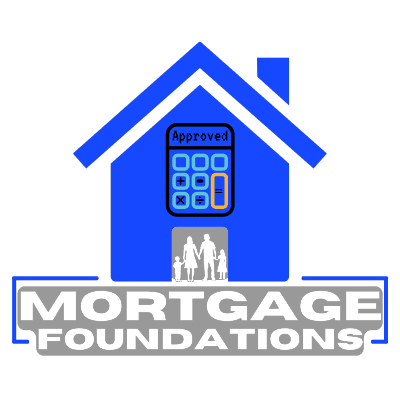Episode # 29 of the Mortgage Foundations Podcast
A Home Equity Line of Credit, or HELOC, as it is commonly referred to is a method of tapping into your home's equity, much like a mortgage refinance or 2nd mortgage; except there are some key differences between them.
A HELOC is a type of mortgage that is still secured by the property; however works more like a credit card than a normal mortgage. A HELOC allows a client to draw funds as required, instead of a normal mortgage that is commonly one lump sum at the start. A HELOC is a type of re-advanceable loan, or revolving loan.
The flexibility of a HELOC is one of the main benefits of the product since you are accessing funds as they are required, and therefore you will only incur interest costs on funds you actually use, not the full limit available. This can be particularly useful for home renovations, unexpected expenses or other significant financial needs that may arise. Sometimes it is better to have access to funds as needed; rather than just have a large sum of money in an account.
Another benefit of a HELOC is that they can be paid back at anytime without penalties. This is different from most regular mortgages, where you are only able to pay back the full balance at the end of the term; otherwise you may incur a prepayment penalty, which can be substantial. With a HELOC you can make as small or as large of a payment as you want, as long as you are covering the minimum amount required by the lender. The minimum payment is normally the monthly interest plus an amount required to payoff some of the principal. Every lender is different in how they structure their minimum payments.
A further benefit of a HELOC can also be viewed as a drawback at the same time. Unlike many other types of revolving loans, such as credit cards and standard Lines of Credit that feature high interest rates on balances, a HELOC features fairly low interest rates; however, these rates are normally higher than the interest rate on a regular mortgage and a HELOC's interest rates are variable, not fixed. Since they are variable, fluctuations in the lender's prime rate will affect the amount of interest that is charged and the ability to cover even just the interest costs may be affected in a rising rate environment.
As an example, if we look at a HELOC when prime rates were historically low in 2020 and 2021, versus when prime rates peaked in 2023; we can see a drastic difference in the interest cost incurred on a HELOC. The common rate of interest on a HELOC is prime plus a half percent or a full percent; for the purpose of our example we will use prime plus a half percent and a HELOC balance of $250,000. When prime was at it's lowest, the interest rate on the HELOC would have been 2.95% and the monthly interest costs would have been roughly $614. That same HELOC would have featured a rate of 7.7% in 2023 and the monthly interest cost would have been $1,604; or almost a thousand dollars more per month.
Many people drew large amounts from their HELOCs when rates were low for things like investments, renovations or a down payment on a second home or investment property and may have been unprepared and affected negatively when the prime rate started rising. Since a HELOC is secured by the home just like a regular mortgage; failure to repay could result in a foreclosure or power of sale of the property.
It is important to discuss your financial needs and plans with a Mortgage Broker in order to ensure you have the proper product in place for your future needs. If your HELOC may be drawn to it's limit for an extended period; it may be better to look at a regular mortgage instead. Everybody's situation is different and there is no one size fits all HELOC or mortgage.
It is important to note that just like a standard Line of Credit, which is not secured by property, a HELOC is a Demand Loan, which means that the lender can demand repayment at anytime or even adjust the interest rate or limit whenever they would like. If the lender sees that a client is potentially at risk of not being able to cover their expenses; they may look to limit their exposure to loss just in case. This is different from a regular mortgage, where the lender cannot make changes during the term of the mortgage.
In conclusion, A HELOC is a great product and an option to take out equity from your home with many benefits; however, it is very important to discuss all options with a Mortgage Broker and weigh the benefits against the potential risks before taking out a HELOC. Considering all aspects of a HELOC and ensuring that a solid repayment plan is in place is imperative to financial health.
